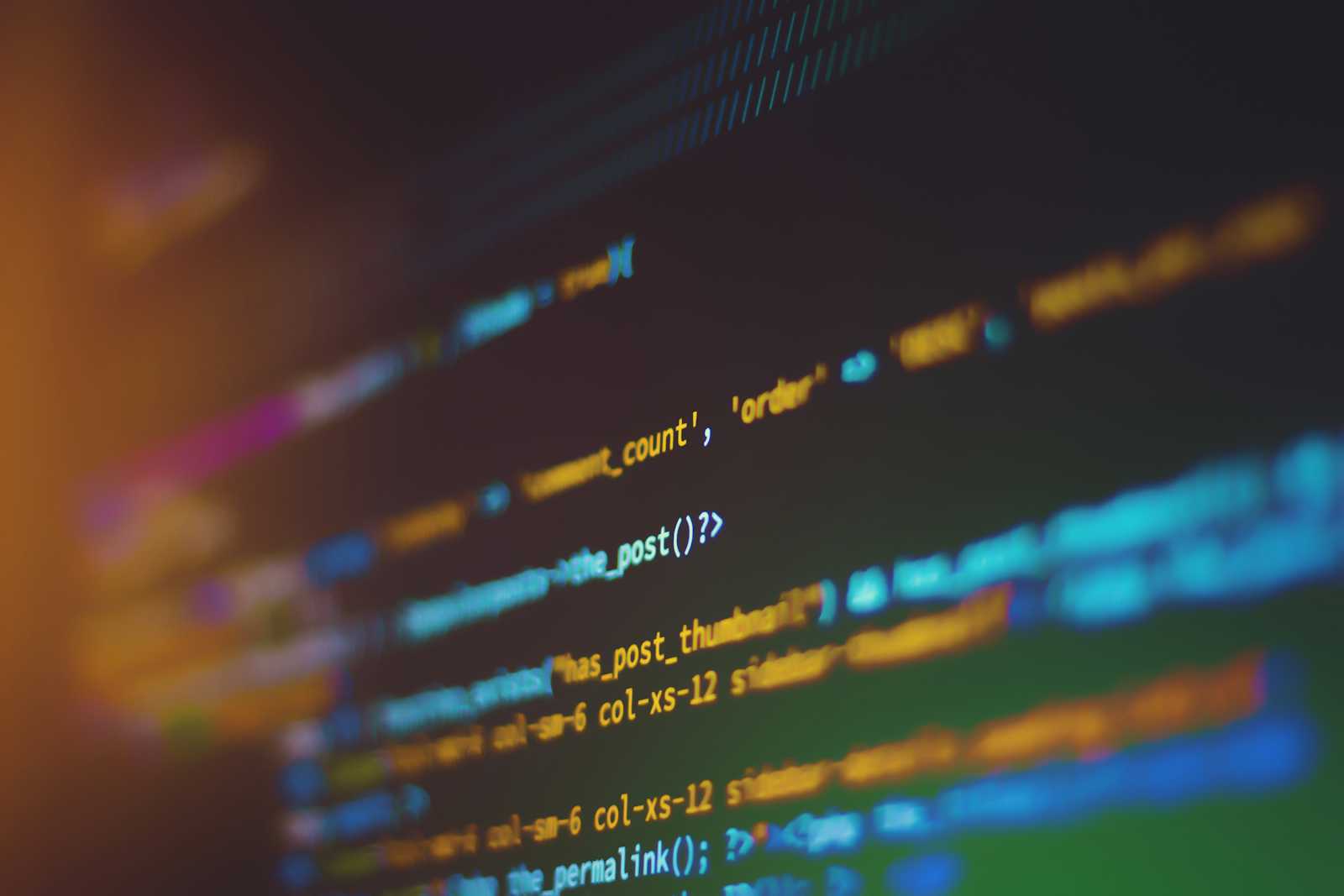React-Native: getting started
 Shankarshan Dwivedi
Shankarshan DwivediTable of contents

If you have done some development work you may have realized that the hardest thing is to get started. So same goes for React Native as well. For getting started you will need some of software and applications which will help you with the android development. So I am going to mention all of them one by one in this blog.
The first step you will have to do is to install chocolaty. It is actually a package manager for windows command prompt. You can install by reading the instructions given in the documentation I have mentioned.
Go to the mentioned link in the documentation and follow the steps and install according to your system.
You might hit a question that why we even need this Android Studio and same came in my mind but Actually Android Studio contains some of SDK files which are required for testing our app in android. Another important thing is that you must know that we do not need all components of Android Studio so just go for custom install. I am mentioning the link of a video which will help you with the installation. "https://youtu.be/fxSKQPG37IA?si=ZPD-Vl8uPAZoRls3"
Click on the link above and it will direct you to ORACLE website from which you can download jdk according to your system configuration.
Final Procedure
You will have to set the environment variables for every tool you have downloaded and you are ready to go.
You will now go to terminal or command prompt and enter into your directory in which you want to create your application e.g. cd Desktop/app and then in there write the command "npx react-native init projectname" and then to start your app run "npx react-native run-android" and it will start to build your app. You may get some error for first time and some of the libraries will be installed automatically and you need not to worry about that and after installation try the same command again. Now this time you will get your app running.
One more important step is to enable developer options in your android device if you are using it. It can be done on clicking multiple times on build number of your device. After that you need to enable USB Debugging and below that there will be an option related to default behavior of your USB port and set it to Media Transfer/ File Transfer.
And you are ready to go. Follow me for more such informational Blogs
Good Luck
Subscribe to my newsletter
Read articles from Shankarshan Dwivedi directly inside your inbox. Subscribe to the newsletter, and don't miss out.
Written by
